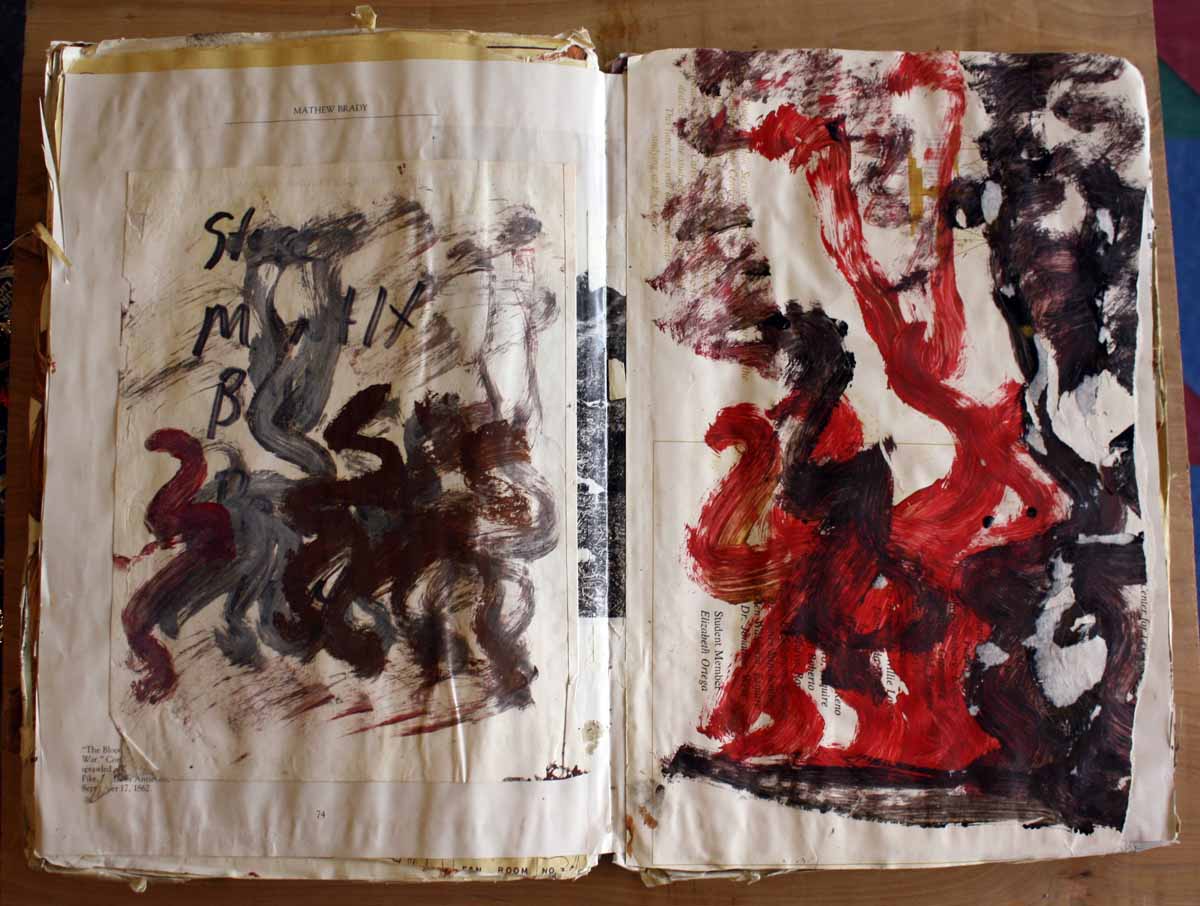If you are involved with this world of art we are in, and who isn’t if you’re reading this, this recent article is a must read.
By ADAM DAVIDSON
A few weeks ago, when Edvard Munch’s iconic painting “The Scream” went for about $120 million and became the most expensive artwork ever sold at auction, it seemed like we had reached the climax of a fine-art bubble. After all, from 2003 to 2007, the fine-art market grew even faster than subprime housing. And then it kept on growing, pausing only momentarily during the crisis before hurtling even further upward. Eleven of the 20 highest prices ever paid at auction have occurred since 2008, when the global economy all but collapsed. Less than a week after the Munch auction, Mark Rothko’s “Orange, Red, Yellow” sold for nearly $87 million.
Many economists say that art can’t be in a bubble because, frankly, it’s not much of an investment in the first place. Unlike stocks, an artwork’s price reflects numerous nonfinancial intangibles, like the pleasure of owning a painting or, perhaps more important, its ability to signal the owner’s vast wealth and erudition. While stocks can provide an ongoing payment stream (via dividends) and are traded in public markets, art collectors must pay to protect their investments. It’s also much harder for collectors to resell expensive art. Not only is the market opaque, but few artists have real long-term value — Jasper Johns and Andy Warhol are rarities. Sergey Skaterschikov, who publishes an influential art-investment report, says that no painting bought for $30 million or more has ever been resold at a profit. READ MORE
(Via: NYTimes Magazine)
